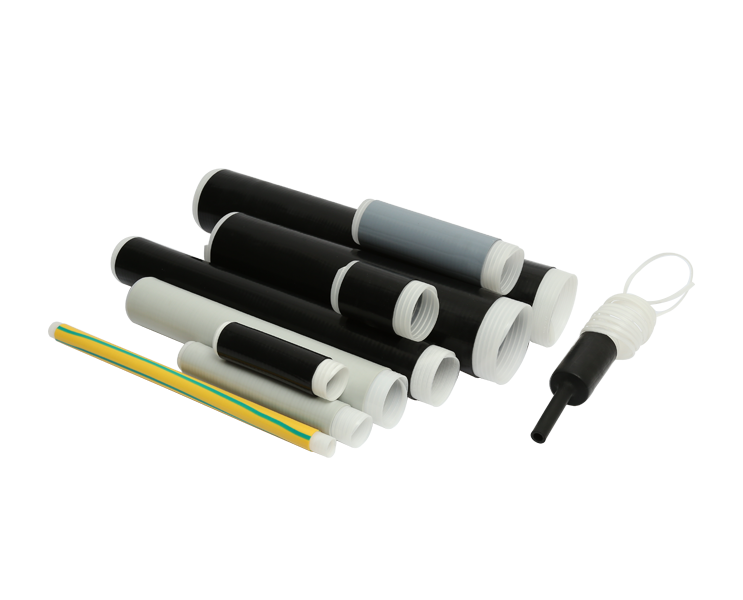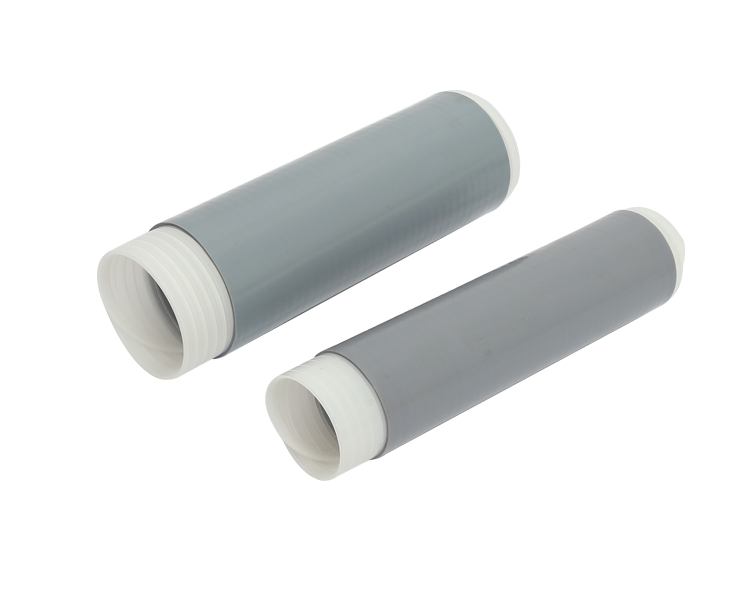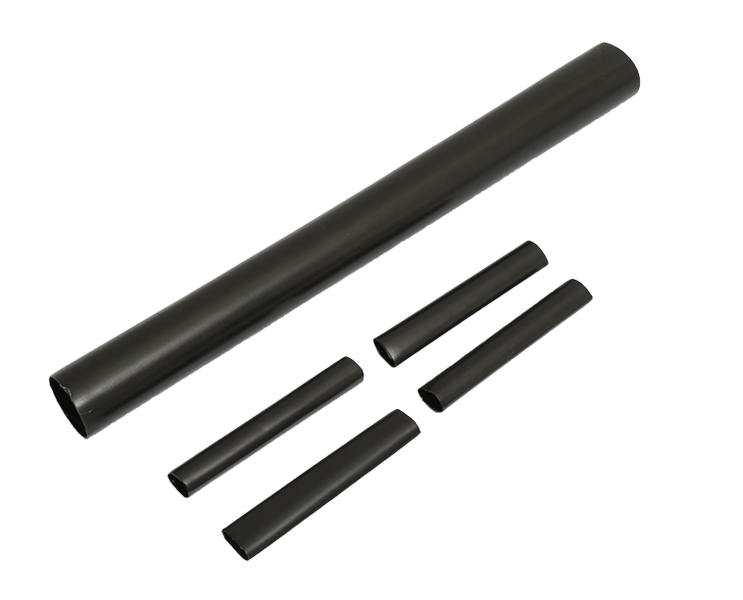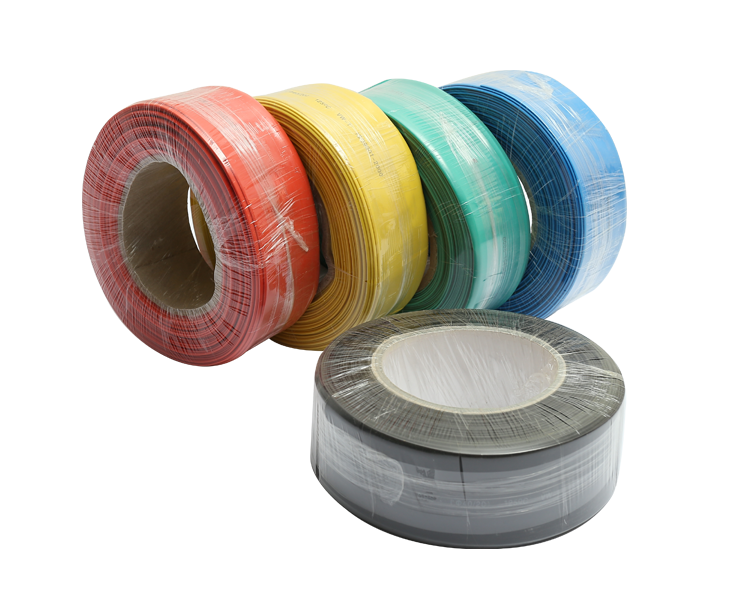In the production and installation of cable terminals and joints, the important and difficult task is to improve and control the electric field to make the electric field distribution and intensity in the best state, so as to ensure the reliable operation of cables and accessories.
When manufacturing cable terminals and cable joints, the Metal Sheath and the Outer Shield Layer should be disconnected, so that the electric field will be concentrated at the cut-off of the Outer Shield Layer of the cable. Then how to solve the problem of electric field concentration after the cable shield layer is cut off?
Usually, there are two ways :
A. Geometric electrical stress control method: The stress cone is used to change the geometric shape of electric field concentration, which alleviates the electric field stress concentration.
B. Parametric electrical stress control method: High dielectric constant materials or nonlinear resistance materials are used to alleviate the concentration of electric field stress.
Stress Cone is generally made of prefabricated parts, which are made of semi-conductive and insulating parts. The semi-conductive body is sheathed over the Outer Shield of the cable. It could be understood that the stress cone is used to relieve the electric field stress concentration at the fracture as an extension of the fracture of the original outer shield layer.
There are two schools of Stress Cone design: European structure and Japanese structure. The main difference is that there is no spring cone support mechanism.
European structure has no spring cone support mechanism. It is completely dependent on the elasticity of the stress control unit material itself to maintain the interface performance between the stress control unit and cable insulation.
The Japanese structure has a spring cone support mechanism, which features a mechanical spring device added to the stress control unit to keep the stress constant at the interface between the stress control unit and the cable.
Additionally, compared with the European structure, the Japanese structure has a stress cone on the outside of the stress control unit. The stress control unit is basically isolated from the terminal internal insulating filler, and the stress control unit is fixed in a position.
Disadvantages of European Structure :
1. The interface performance between the cable and the stress cone is completely maintained by the elasticity of the rubber itself, and the mechanical and electrical properties decline after the aging of the rubber for a long time. Interface performance reliability cannot be guaranteed.
2. The sealing between the terminal and the stress cone depends on wrapping various strips or installing a metal flange under the stress cone, which is not as airtight as the Japanese structure.
3. Stress cone and insulation filler directly contact. A swelling phenomenon would then occur leading to the aging of the stress cone.
Disadvantages of Japanese Structure :
Complex structure.Complex construction technology.Higher costs.
Of course, in addition to the geometric electrical stress control method represented by the stress cone, there are also parametric electrical stress control methods represented by the stress tube. The principle is to use the material with appropriate electrical parameters to compound the insulation surface at the end of the cable insulation shield to change the potential distribution on the insulation surface, so as to improve the electric field. (Change surface performance parameters)
In stress control, although the parameter method to control the electric field distribution has the advantages of small volume and simple structure, for high-voltage cables, the selection of material parameters in the stress layer is very important. If the volume resistivity is too small, the resistance current of the stress layer will heat up and age during operation, while the dielectric constant is too large, the capacitance current will also generate heat and age the stress layer. Therefore, stress material parameters must be selected according to voltage level.

 English
English 简体中文
简体中文



